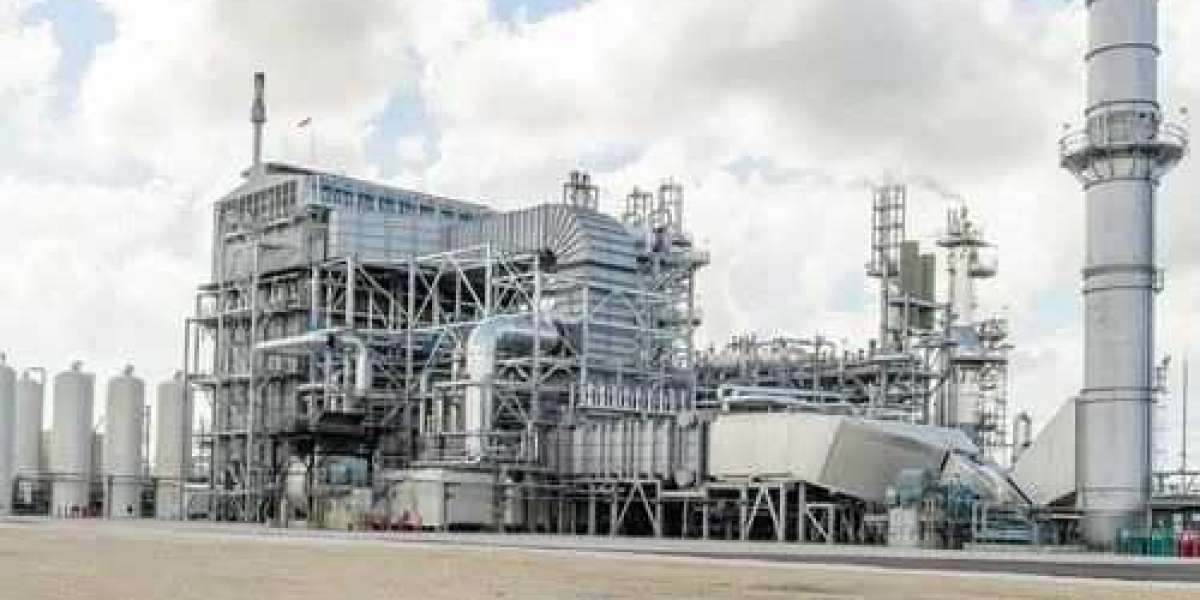Introduction
Renewable carbon monoxide (CO), a crucial gas for sustainable chemistry and energy, is produced via eco-friendly methods like biomass gasification, CO₂ electrochemical reduction, and photochemical processes. Composed of carbon from organic, waste, or atmospheric sources and renewably generated hydrogen, it's vital in catalytic conversion for creating methanol, acetic acid, and synthetic hydrocarbons. Its extensive use spans low-carbon fuels, specialty chemicals, and metallurgy, significantly contributing to industrial decarbonization and closed-loop carbon systems.
Market growth is propelled by the increasing focus on industrial carbon circularity and carbon recycling in refineries and manufacturing. Government policies mandating carbon footprint reduction and the drive for alternative carbon feedstocks further boost renewable CO adoption. The rising demand for renewable synthetic fuels, especially in hard-to-electrify sectors like aviation and maritime, is a key driver. Decarbonizing heavy industries (cement, steel) through CO utilization in closed-loop processes also acts as a strong catalyst. Expanding waste-to-energy infrastructure and carbon-rich gas recovery from waste provide a solid foundation. Investments in integrated biorefineries and hybrid conversion systems using biomass and algae support market expansion. Decentralized energy and chemical production favor local renewable CO as a sustainable, cost-effective feedstock. The growing global interest in carbon-negative commodities positions renewable CO as a critical green precursor. Finally, multinational corporations' commitment to emission reduction targets drives its integration into supply chains, bolstering global market momentum.
Project Scope and Overview
IMARC’s new report titled “Renewable Carbon Monoxide (CO) Manufacturing Plant Project Report 2025: Industry Trends, Plant Setup, Machinery, Raw Materials, Investment Opportunities, Cost and Revenue,” provides a complete roadmap for setting up a renewable carbon monoxide (CO) manufacturing plant. The study covers all the requisite aspects that one needs to know while entering the renewable carbon monoxide (CO) industry. It provides a comprehensive breakdown of the renewable carbon monoxide (CO) manufacturing plant setup cost, offering detailed insights into initial capital requirements and infrastructure planning. The renewable carbon monoxide (CO) manufacturing plant report is a must-read for entrepreneurs, investors, researchers, consultants, business strategists, and all those who have any kind of stake in the renewable carbon monoxide (CO) industry.
Manufacturing Process and Technical Workflow
This report offers detailed information related to the process flow and the unit operations involved in a renewable carbon monoxide (CO) manufacturing plant. Moreover, information related to raw material requirements and mass balance has further been provided in the report with a list of necessary technical tests as well as quality assurance criteria.
Aspects Covered
- Product Overview
- Unit Operations Involved
- Mass Balance and Raw Material Requirements
- Quality Assurance Criteria
- Technical Tests
Request for Sample Report: https://www.imarcgroup.com/renewable-carbon-monoxide-manufacturing-plant-project-report/requestsample
Infrastructure and Setup Requirements
This section presents a comprehensive analysis of key considerations involved in establishing a renewable carbon monoxide (CO) manufacturing plant. It covers critical aspects such as land location, selection criteria, strategic significance of the site, environmental impact, and associated land acquisition costs. In addition, the report outlines the proposed plant layout along with the primary factors influencing its design. Furthermore, it provides detailed insights into various operational requirements and expenditures, including those related to packaging, utilities, machinery, transportation, raw materials, and human resources.
- Land, Location and Site Development
- Plant Layout
- Machinery Requirements and Costs
- Raw Material Requirements and Costs
- Packaging Requirements and Costs
- Transportation Requirements and Costs
- Utility Requirements and Costs
- Human Resource Requirements and Costs
Browse the Full Report with the Table of Contents: https://www.imarcgroup.com/renewable-carbon-monoxide-manufacturing-plant-project-report
Financial Projections and Economic Viability
This section provides a comprehensive economic analysis for establishing a renewable carbon monoxide (CO) manufacturing plant. It encompasses a detailed evaluation of capital expenditure (CapEx), operating expenditure (OpEx), taxation, and depreciation. Additionally, the report includes profitability analysis, payback period estimation, net present value (NPV), projected income statements, liquidity assessment, and in-depth examinations of financial uncertainty and sensitivity parameters.
- Capital Investments
- Operating Costs
- Expenditure Projections
- Revenue Projections
- Taxation and Depreciation
- Profit Projections
- Financial Analysis
Key Considerations for Plant Design and Operations:
Production Capacity:
The selection of machinery and the design of the plant layout should be aligned with the intended scale of production, which may vary from small-scale operations to large industrial facilities. This alignment ensures optimal utilization of space, resources, and production capabilities.
Automation Levels:
The degree of automation should be adjusted based on factors such as labor availability, budget constraints, and the level of technical expertise. Options may range from semi-automated systems to fully automated solutions, allowing for flexibility in capital investment and operational efficiency.
Location Adaptation:
Plant location should be strategically selected to align with local market demand, ensure proximity to raw material sources, leverage available labor, and comply with regional regulatory requirements. These factors collectively contribute to improved operational efficiency and cost optimization.
Product Flexibility:
The plant should be equipped with processes and machinery capable of accommodating a variety of product specifications. This flexibility enables manufacturers to respond to diverse and evolving market demands effectively.
Sustainability Features:
Incorporating sustainable practices is essential. This includes the integration of renewable energy sources, implementation of efficient waste management systems, and use of energy-efficient machinery to meet environmental standards and long-term sustainability objectives.
Raw Material Sourcing:
The supply chain strategy should be customized to ensure reliable and cost-effective sourcing of raw materials. This approach should consider client-specific requirements and regional supply dynamics to maintain consistent production and manage input costs.
About Us:
IMARC Group is a leading global market research and management consulting firm. We specialize in helping organizations identify opportunities, mitigate risks, and create impactful business strategies.
Our expertise includes:
- Market Entry and Expansion Strategy
- Feasibility Studies and Business Planning
- Company Incorporation and Factory Setup Support
- Regulatory and Licensing Navigation
- Competitive Analysis and Benchmarking
- Procurement and Supply Chain Research
- Branding, Marketing, and Sales Strateg
Contact Us:
IMARC Group
134 N 4th St. Brooklyn, NY 11249, USA
Email: sales@imarcgroup.com
Tel No:(D) +91 120 433 0800
United States: +1-631-791-1145











